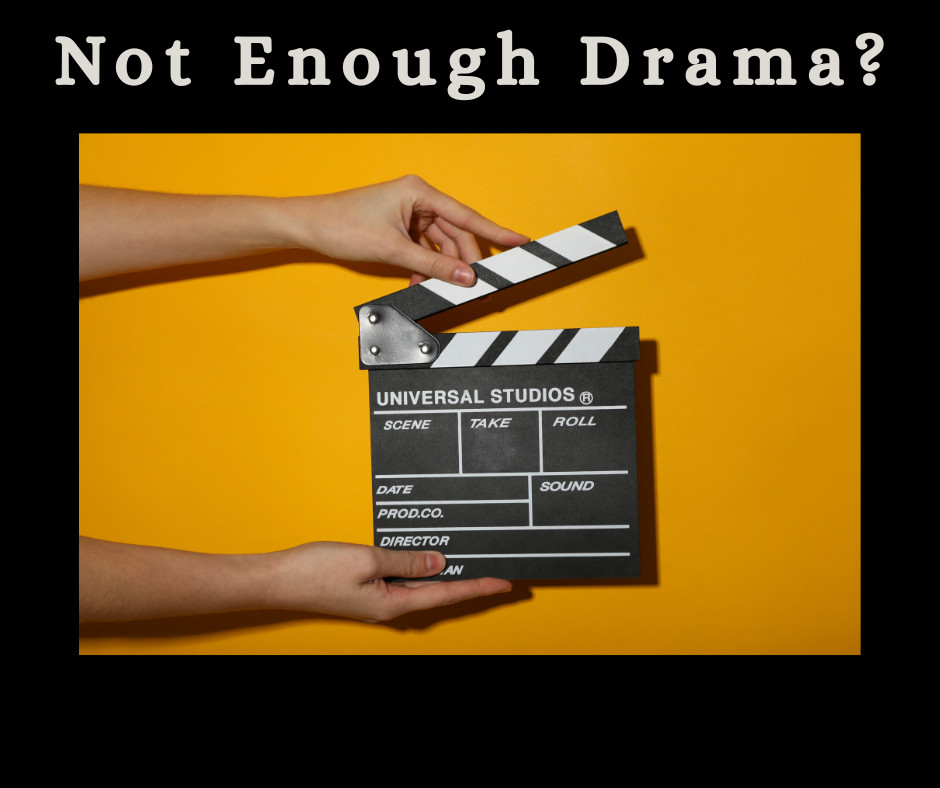
Like many of my colleagues who are first-generation lawyers, I didn’t really know what to expect from the practice of law. For most Americans, we generally take our clues from TV dramas, Gresham novels, and living vicariously through the legal battles brewing in our own circles of influence. We wrote our law school applications with our reasons for pursuing the profession. “I want to help people,” “I want to make a difference in the world,” and similar cliché warm and fuzzy. But the reality of the legal system is that it’s a wealthy man’s game. And unfortunately, the media has created an emotional appetite for the courtroom without providing a bottom line to help people reign in their expectations of the system. Here are 3 reasons Alternative Dispute Resolution (ADR) needs a Netflix deal.
#1 Not all lawyers are argumentative
“I want to be a lawyer because I like to argue,” said Melinda, a small business owner I recently met at a networking engagement. I couldn’t help but frown in response. After two generations of legal drama TV, the masses in our society believe that somehow, being argumentative is an attractive trait for lawyers. This is far from true. Argumentative lawyers are expensive lawyers. They stir up the pot to bill you another $450 for the hour of argument.
Collaborative lawyers are often more effective than argumentative lawyers, especially in family law. In my Netflix ADR series, I would clock the billable hours for each scene of wasted time. It would compare the productivity and reduced stress and cost of the ADR process. Not all legal battles require high-impact argument. They just don’t. 90% of cases need gifted professionals such as mediators to truly hear both sides and to determine a fair outcome based on the totality of the circumstances. This way, people would understand the true cost of wasted argument. While it feels vindicating in the heat of the moment to fire off threatening, heated motions and arguments, I’ve never met anyone who was delighted with the final invoice that resulted from all of that arguing.
#2 The judge is not going to punish them like you think they “deserve”
Emotions drive litigation. And the top motivator is revenge. You want to air out all the dirty laundry. Pull every skeleton out of the closet. The problem is that you don’t always calculate how dirty your own laundry is. People become so focused on the other person’s mistakes, they often completely lose sight of their own wrongdoing. There is a very small anomaly of domestic disputes that do not have dirt on both sides.
Most judges and mediators are understanding and compassionate people. In my Netflix ADR series, I would have one episode for each side dedicated to airing out all the dirty laundry. All of it. It would be the battle of the dirty drawers. Then, after both sides have exhausted themselves with humiliating one another, the mediator would explain the law and why none of the scandalous details would make a difference in the outcome of the case. The show would compare this process to traditional litigation. Mediation would have the case wrapped up in 3 months. Litigation, assuming the parties have not been bankrupted yet, still going strong for three years. And, perhaps, our neighbors would develop a deeper appreciation that good people do bad things. We all have dirt. And let he who is without dirt sling the first mud ball. This is the reason why very few domestic cases actually result in any form of punishment. That is what the criminal courts are for.
#3 You’re not controlling anything
One final and sad observation I have made during my legal adventures is the false sense of control people think they have when they lawyer up. Yeah, you can take all of that rage and pay your $15K retainer. You can have them served. You can hit them with discovery and demand dozens of banker’s boxes of records. But who is really in control?
In my Netflix ADR drama, I would have the judge in a high conflict case openly ignoring the docket and ordering the parties to go back to mediation five times until they get over themselves. The judge would be in her chambers, reading over the most recent “emergency motion” and asking her clerk, “Who do you think is going to run out of money first, the petitioner or the respondent?” In a parallel case, the parties begin a completely private process—outside of court. With the help of a mediator, they exchange everything they need without bullying or threatening one another. The outcomes of both cases are the same. Except in the traditional route, the litigants rack up multiple 6 or even 7-figure fees for lawyers, therapists, experts and a devastating toll on their mental and physical health. The ADR parties are no longer friends. But they avoided major losses which continue to fuel—and break—the traditional system.
Are others eating popcorn and entertaining themselves at your expense while you litigate? Because ADR is such a private process, it does not get the publicity it deserves as the most effective way to deliver justice to hurting families. Rather, most cases are introduced to ADR only after a lawsuit is filed. Only after someone has been served (and embarrassed) with a court summons. And to make things even worse, most judges make you attempt mediation before they will even entertain the possibility of scheduling your case for a trial. So wouldn’t It make more sense to initiate ADR beforehand? How much do you want to invest in the traditional process before you find a path to justice that does not bankrupt your time, energy, or hope for the ideal of true justice?
Be blessed and encouraged,
Judge Char


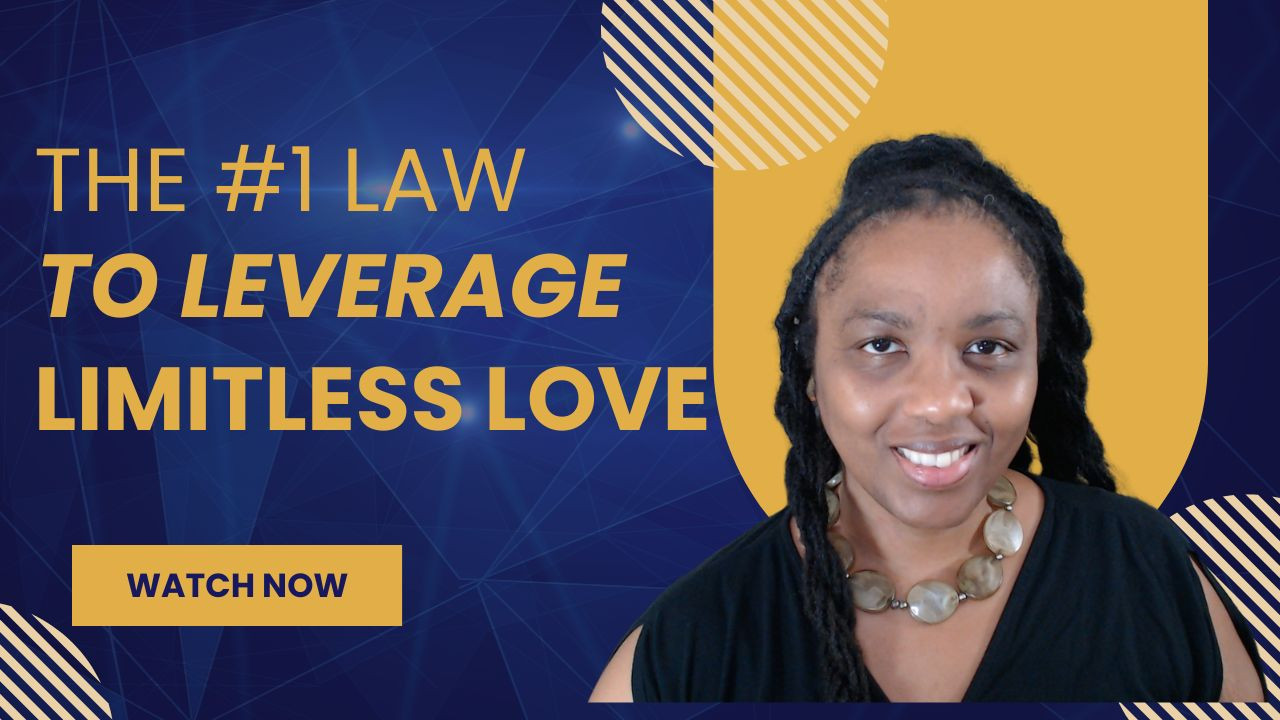
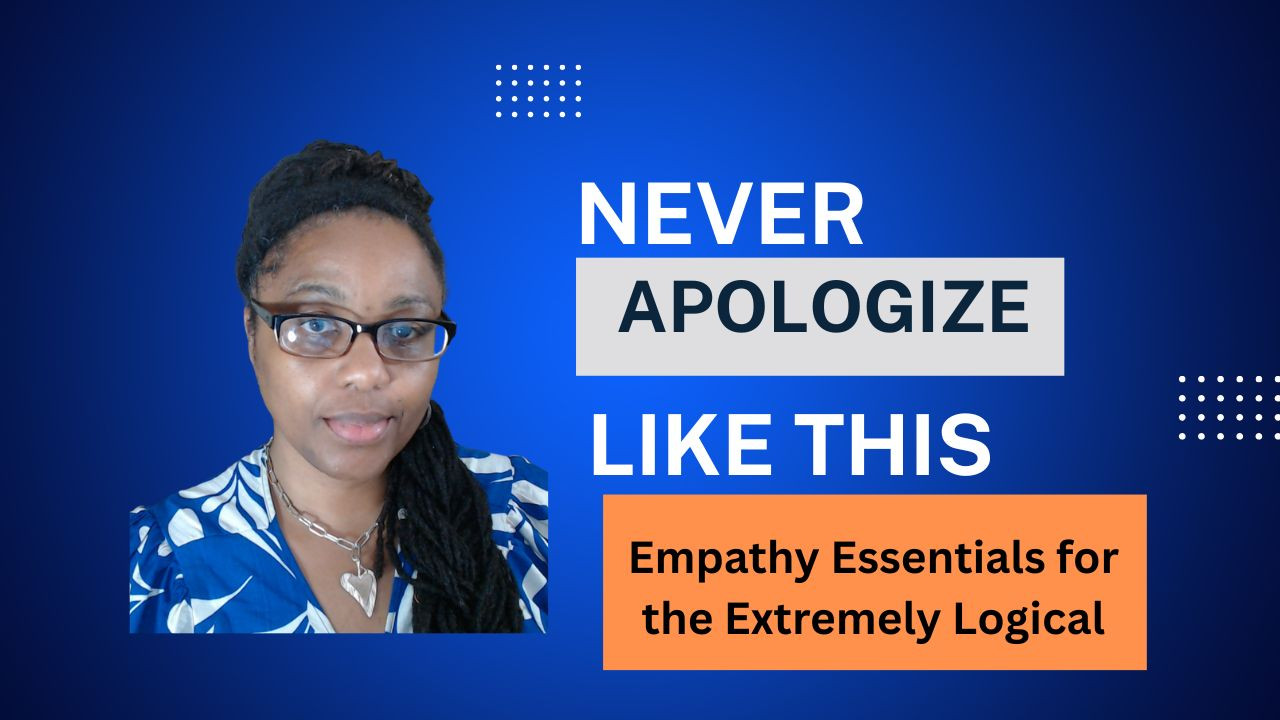

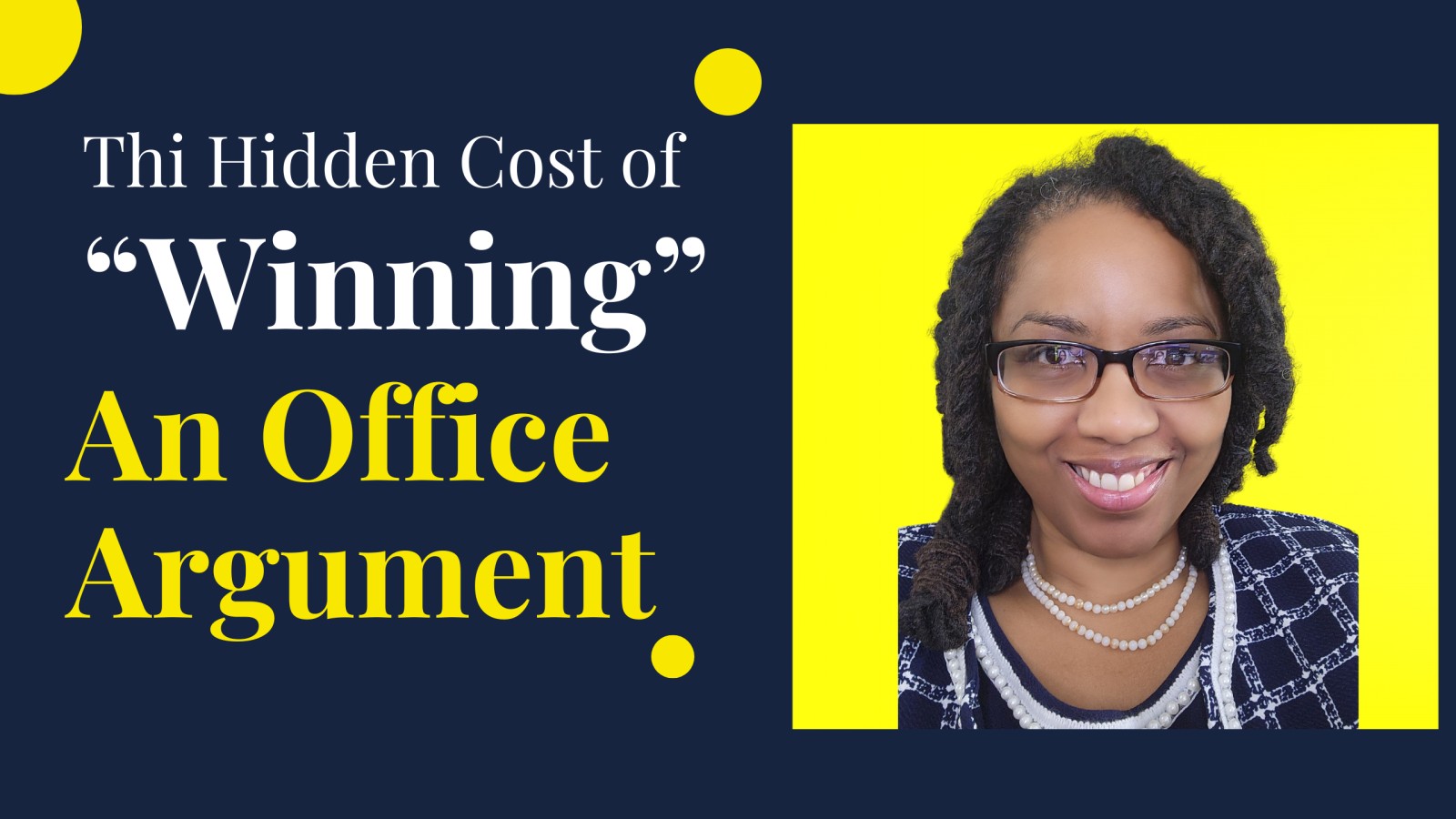
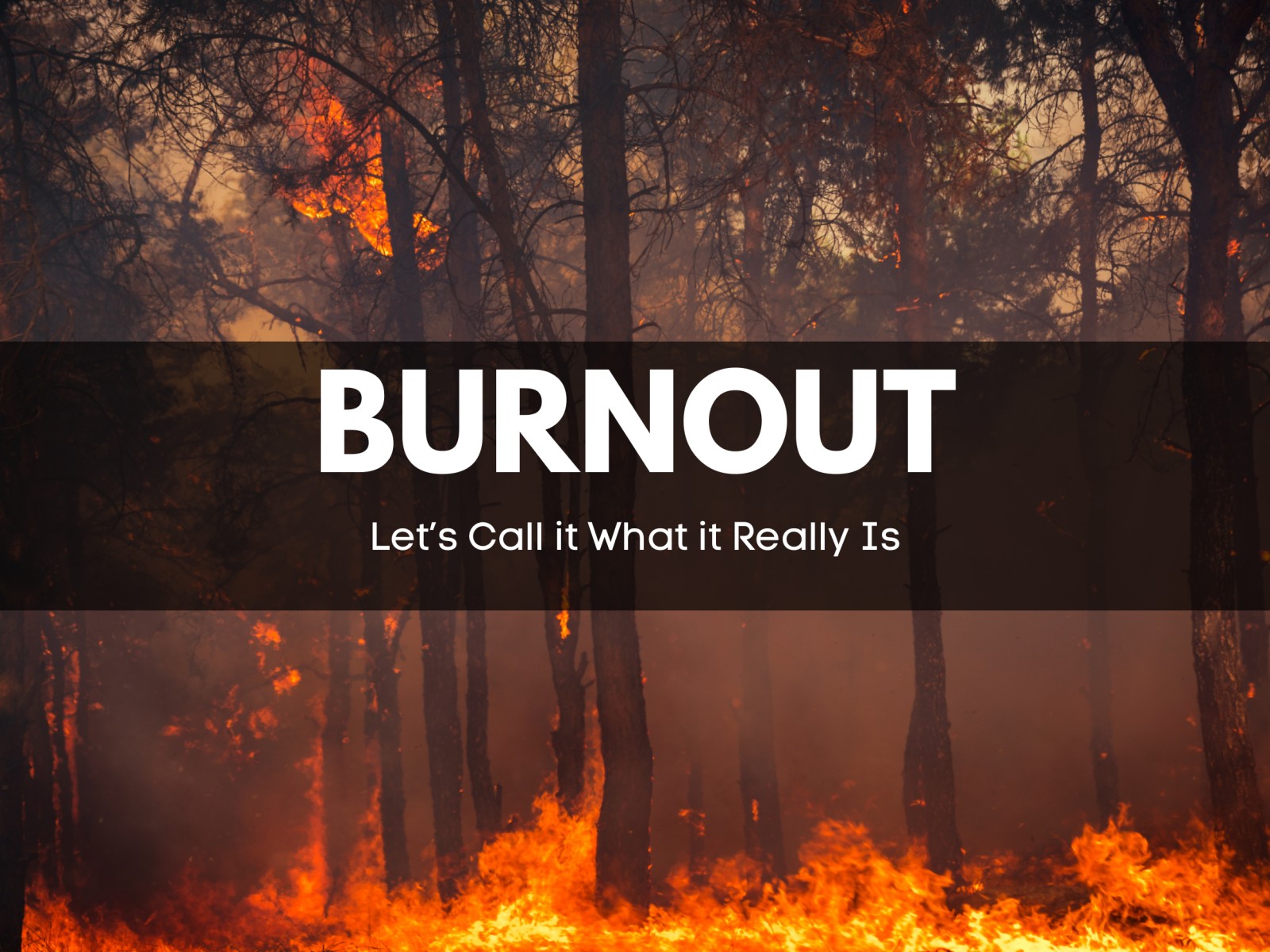
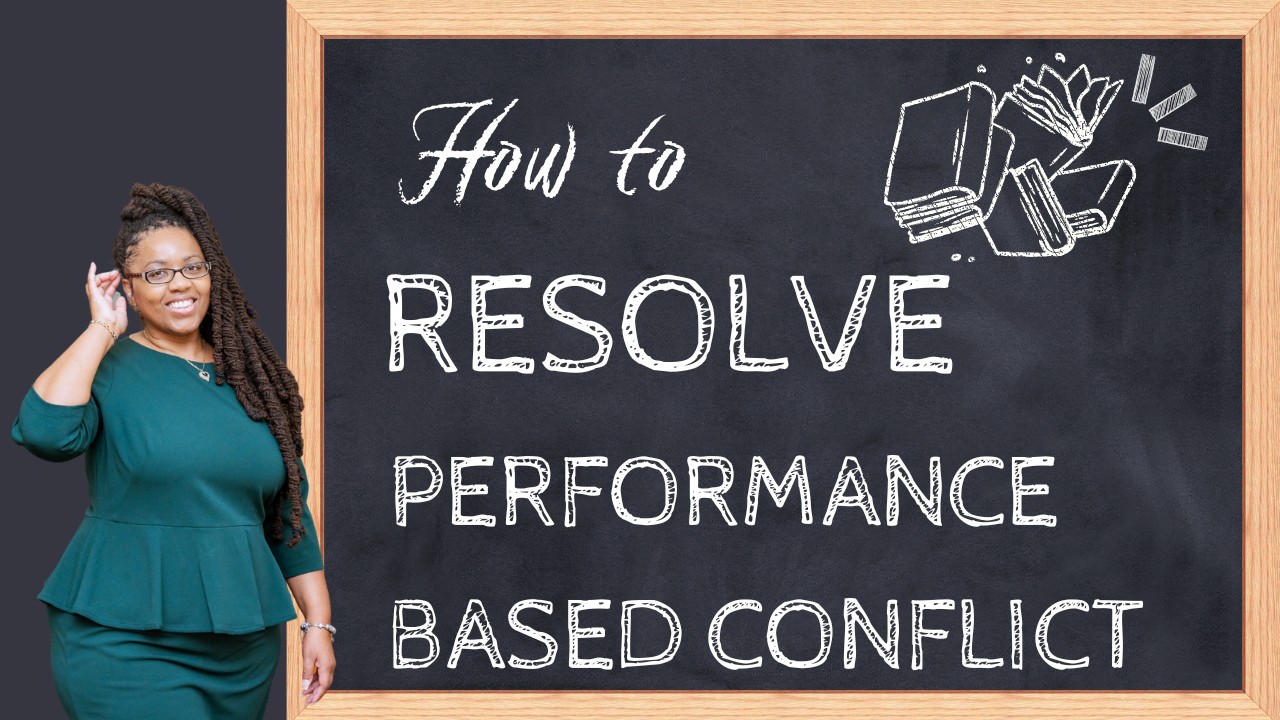

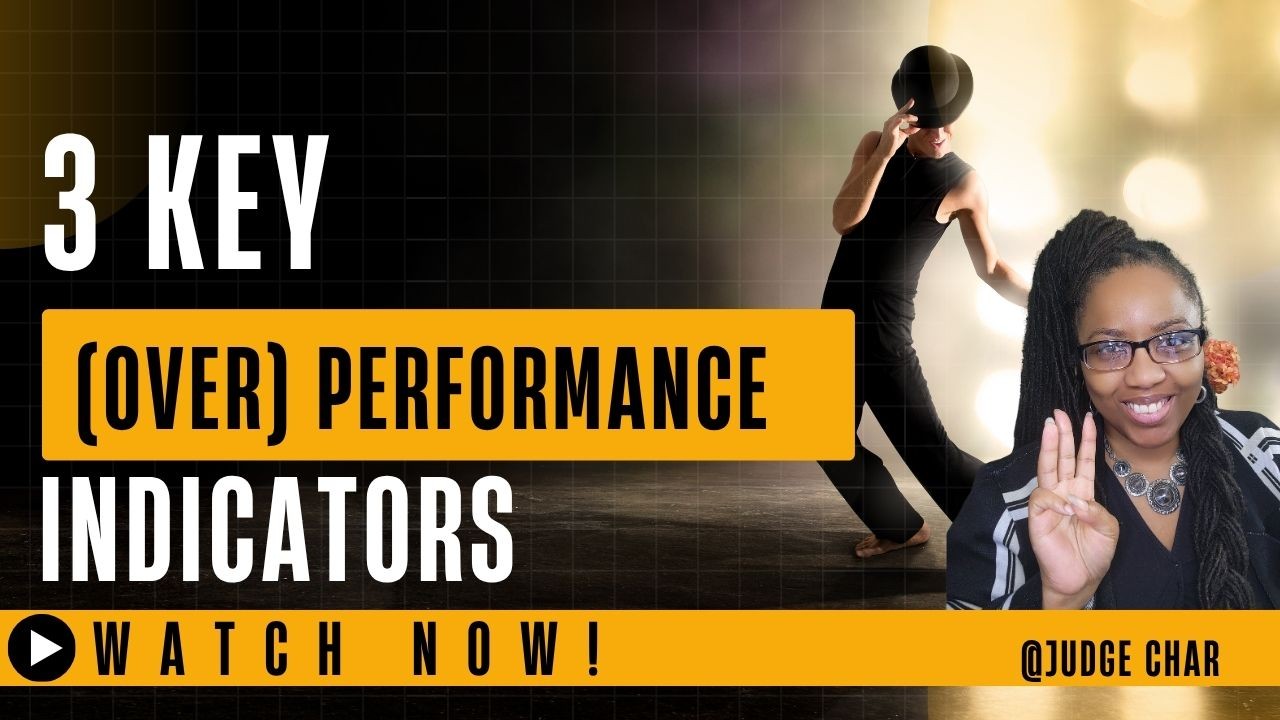
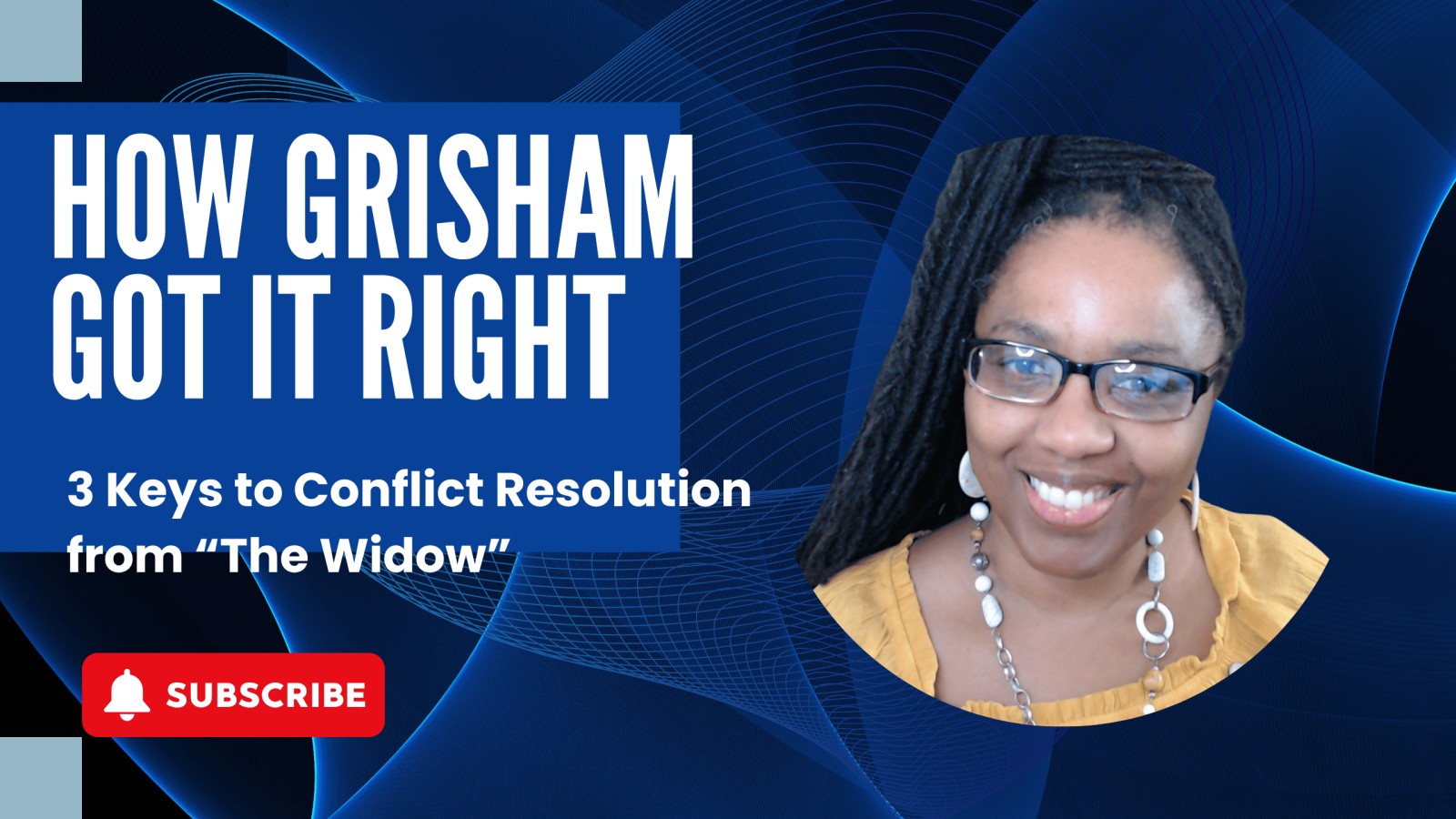

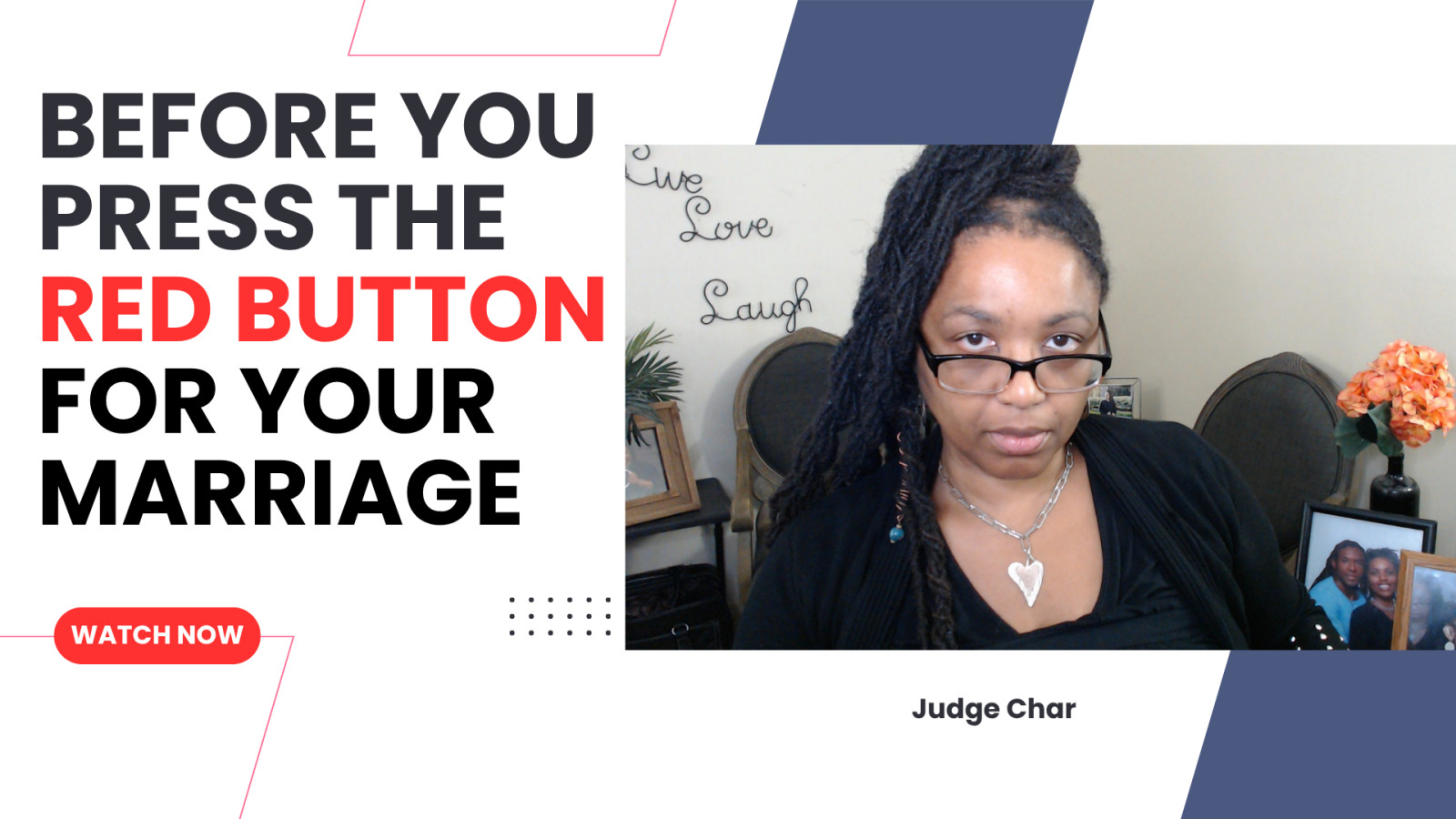
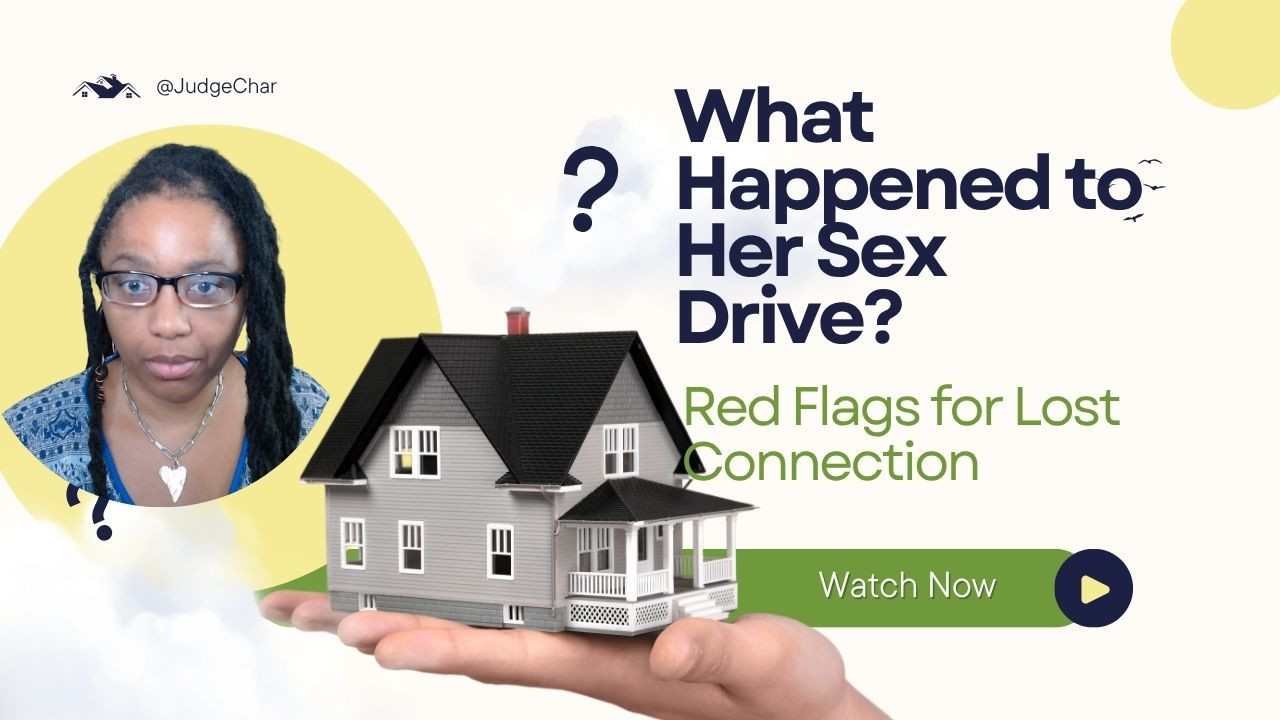
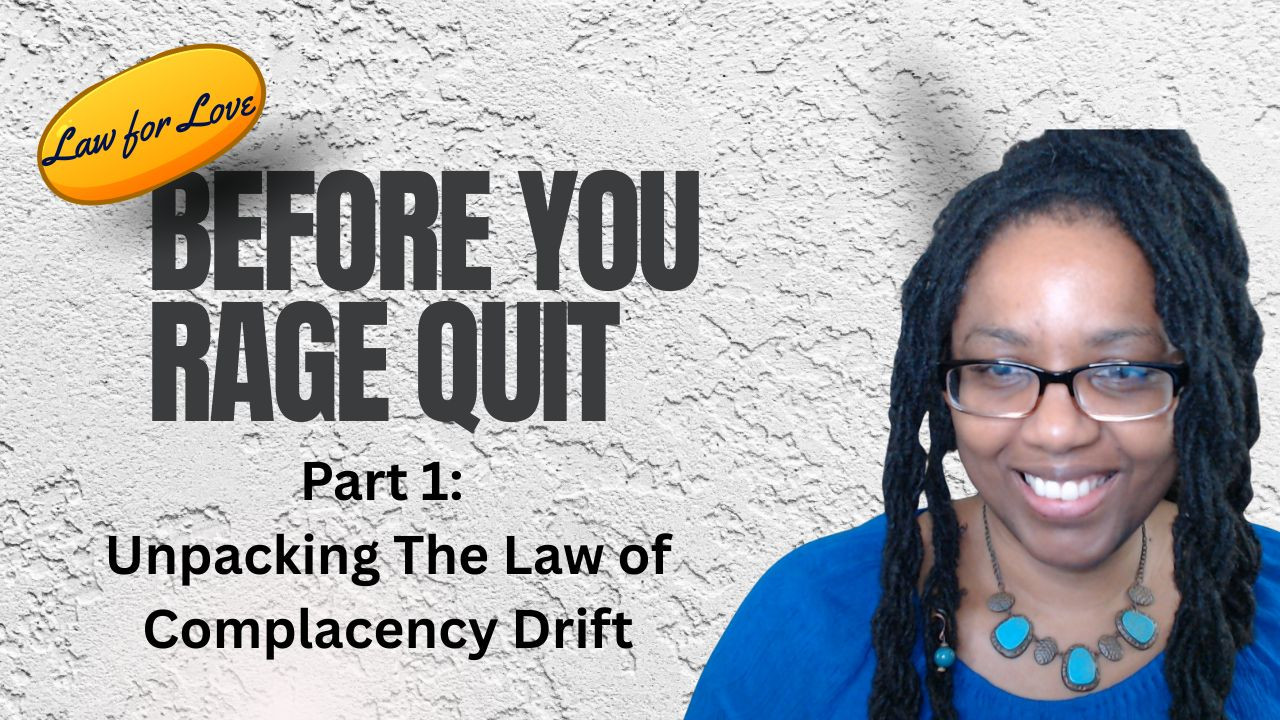

0 Comments